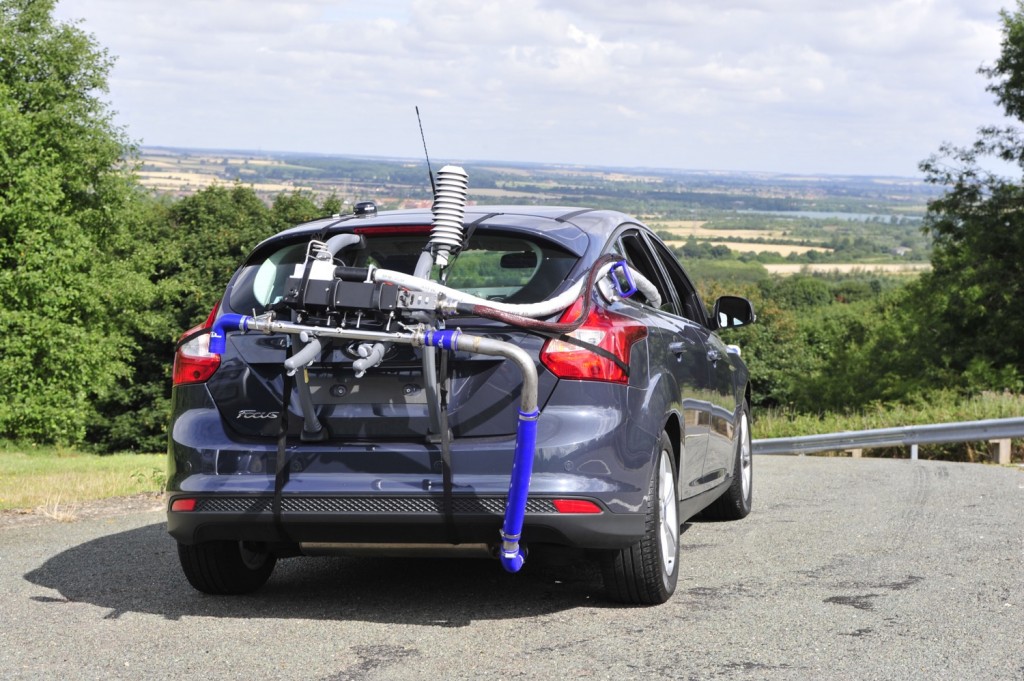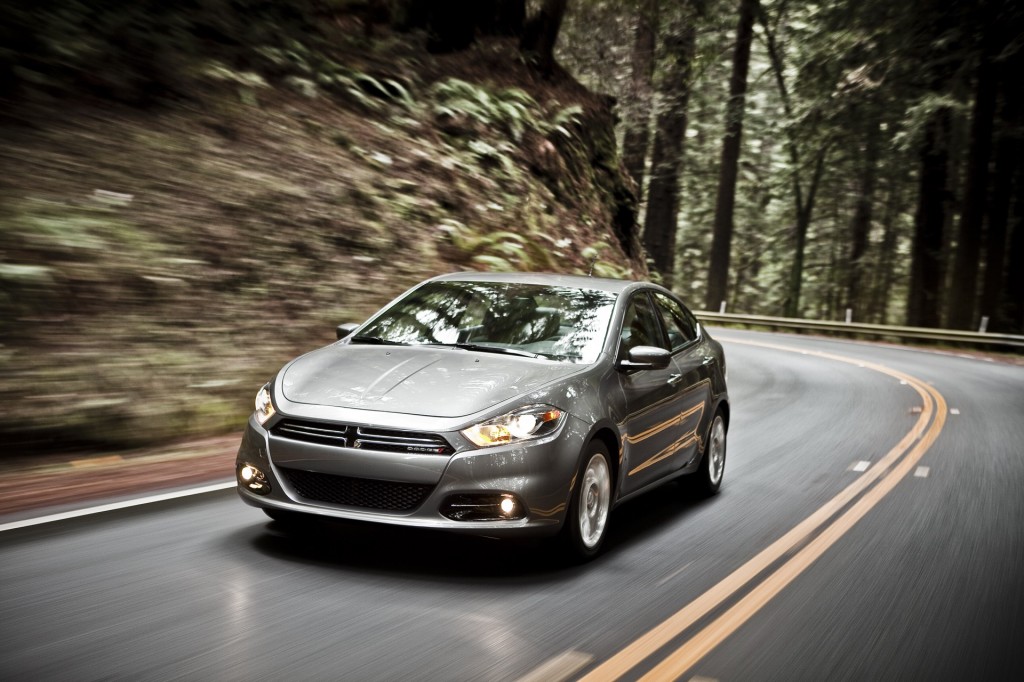Current Corporate Average Fuel Economy standards require U.S. automakers to achieve a fleet average of 54.5 mpg (equivalent to roughly 40 mpg on the window sticker) by 2025.
But who ensures that companies are actually complying with the CAFE mandate?
As automakers work to meet stricter emissions standards, the little-known staff of regulatory agencies are starting to gain more prominence.
DON'T MISS: These engineers uncovered the VW diesel emission scandal
One of those people is Chris Grundler, head of the U.S. Environmental Protection Agency's (EPA) Office of Transportation and Air Quality.
Grundler is described as an "environmental sleuth, bureaucrat, and more-than-occasional bane of the auto industry," in a recent Bloomberg profile.
He's in charge of the laboratory in Ann Arbor, Michigan, that tests new vehicles for compliance with emissions standards, and measures automakers' progress in meeting government-mandated efficiency targets.

Portable Emissions Measurement System (PEMS) (Photo by Millbrook Proving Ground)
Grundler joined the EPA in 1980, and has held his current position since 2012. (He drives a Ford Fusion Energi plug-in hybrid, in case you were wondering.)
And he first helped gain attention for the Michigan lab in 1997 by modifying a pickup truck to counter a campaign by automakers claiming that trucks couldn't be made to meet the same emissions standards as cars.
His fully compliant truck disproved those claims.
ALSO SEE: California Air Resources Board Head: All New Cars Should Be Zero-Emission In 2030 (Aug 2015)
More recently, the lab helped confirm the use of illegal "defeat device" software on Volkswagen diesel cars, discovered by researchers from West Virginia University working with the International Council on Clean Transportation (ICCT).
Grundler also helped write the 2025 CAFE standards, and is currently leading tests that will be part of a midterm review of those standards.
He also calculated cost projections for compliance with the standards, which were included in a "Technical Assessment Report" released by the EPA, National Highway Traffic Safety Administration (NHTSA), and California Air Resources Board (CARB) earlier this year.

2016 Dodge Dart
Perhaps not surprisingly, Grundler's work has brought him into regular conflict with carmakers.
Fiat Chrysler Automobiles (FCA) disputes Grundler's cost estimate of $2,254 per vehicle, which was based on the relatively low average fuel economy of FCA's fleet, and the fact that it includes very few electrified cars.
MORE: Battle over CAFE standards begins now: will they change for 2022-2025?
Projections like Grunder's may be misleading because they can be overly optimistic about certain technologies, Mike Dahl, FCA head of regulatory compliance, told Bloomberg.
He cited dual-clutch transmissions, which were expected to have a significant fuel-economy benefit, but were rejected by consumers because of their jerky behavior.

2017 Honda Clarity Fuel Cell
Honda's estimated costs were much lower than FCA's—$901 per vehicle—but the Japanese automaker was also critical.
It claimed the estimates were too conservative, and that actual costs would be higher.
While carmakers may gripe, Grundler believes stricter emissions standards will ultimately benefit the domestic industry.
"Never again will U.S. automakers be at a competitive disadvantage," he said.
_______________________________________________












